We need public-private partnerships to meet targets as our existing immunisation drives are quite under-served
Since 2020 has been “a lost year”, engulfed as it has been by the pandemic, many are looking forward to 2021 as “the year of the vaccine.” And when it comes to India, a year would still fall short of inoculating its people. As Adar Poonawalla, the CEO of the Serum Institute of India, which is the world’s largest vaccine manufacturer and will be rolling out the Oxford vaccine, predicted that it could take till 2024 to secure all Indians. If containing the virus is level 1 of the challenge, vaccinating people against it is level 2 indeed. The toughest, of course, would be devising the logistics of the supply chain, ensuring the safety of the vials, avoidance of wastage and lining up trained health workers to administer the vaccine and monitor its effects on the recipients. In fact, given India’s population, there has to be a multi-phased, general election-like drill and efficiency, all of which cost money and resources. Poonawalla himself estimated a Government spend of Rs 80,000 crore in one year. Of course, though we have not yet had an adult immunisation programme, the Government will be riding piggyback on the existing immunisation network for women and children, one of the world’s largest. But we have to reckon with some cold facts considering that our Universal Immunisation Programme is yet to achieve 100 per cent success and is still struggling to meet targets despite years of investment and efforts. An IndiaSpend survey of September 2019 shows that 47 per cent of India’s poorest children are not fully immunised, 17 per cent more than the richest ones, leaving them prone to preventable diseases that compound the burden of healthcare costs for their families. Although Government immunisation programmes have been carried out for 30 years, the coverage rate has been growing at a snail’s pace. According to the Health Ministry’s own findings, India’s vaccination coverage increased from 35 per cent in 1992-93 to 62 per cent in 2015-16. Only 16 districts in India have a coverage of over 90 per cent. Currently our immunisation shield targets 26.7 million newborns and 29 million pregnant women every year, which works to around 390 million doses of vaccines. Needless to say the pandemic has slowed down the pace and efficacy of drives this year. Assuming we can tap into this network immediately, we will still need to supplement its strength and capacities to administer 400-500 million doses by the first two quarters of 2021. Also, a two-shot vaccination drive would mean double the effort. Much has already been said about the challenges of a contiguous cold chain infrastructure that includes moving contained, sanitised and temperature-controlled vaccine consignments under tropical conditions and ensuring last mile equity. The first vaccines announced by Pfizer and Moderna require sub-zero conditions; they must be thawed from -70 degrees celsius and injected within five days. Or else, the whole consignment could go bad. Such delicacy of maintenance and administering doses require a sophisticated and expensive infrastructure that India and even other developing countries would find difficult to harness at short notice. We would have to look at a vaccine that can be stored and transported in liquid form (anything between two and eight degrees celsius) instead of the frozen kind. Besides, no vaccine has a 100 per cent efficacy or can claim a lifetime guarantee — a shot could have to be repeated if antibody levels drop before the predicted periodicity. Some nations would then have to wait for a more conventional vaccine that brews batches of protein or inactivated viral particles in living cells, has the same effect as that of the pharma majors, and can be delivered through existing health care networks. We need to prepare allied items like syringes and glass vials and since glass breaks at sub-zero temperatures required of the announced vaccines, it needs to be a toughened and fortified kind. Even these need to be tested for the vaccine’s stability and subjected to laboratory approvals. These need to be started right away if we want a good stock ready to seal the vaccines. We may be privileged to produce and supply the bulk of the world’s vaccines but can we deliver it to every Indian in the hinterland and protect communities even as managing cities themselves may pose a challenge?
There are no dilemmas really. Nations rich in resources and with an evolved health infrastructure will be deploying the Pfizer and Moderna vaccines before ours. And though the World Health Organisation’s Covax project intends to raise $18 billion to buy stocks for poorer countries, the trickle-down effect would be delayed, creating a new kind of healthcare hierarchy. Asia, Africa and South America, even with emergent economies, would need an all-new template in the health sector. There are huge recurring costs involved with vaccines made in one part of the world required to be transported to another. And given their fragile and unstable nature, they would mostly be airlifted. Analytics firm McKinsey has estimated that over 10 billion doses would be traded globally. Planes, trucks, warehouses and health centres will have to be outfitted with freezers. The last implies an uninterrupted electricity supply. How many villages and district towns in India can afford continuous power supply? Even with back-ups and generators, how many health centres can sustain the added costs? The Government immediately needs to involve the private sector in developing the delivery and distribution infrastructure in right earnest. It can use Digital India programmes to map the supply chain requirements, track the response modules and effectively manage and deploy resources. The pandemic has taught us how health is the real wealth of a nation. Even if we tame COVID-19, it won’t be the last. We have to reconfigure health and human resource as a major driver of the economy going forward.







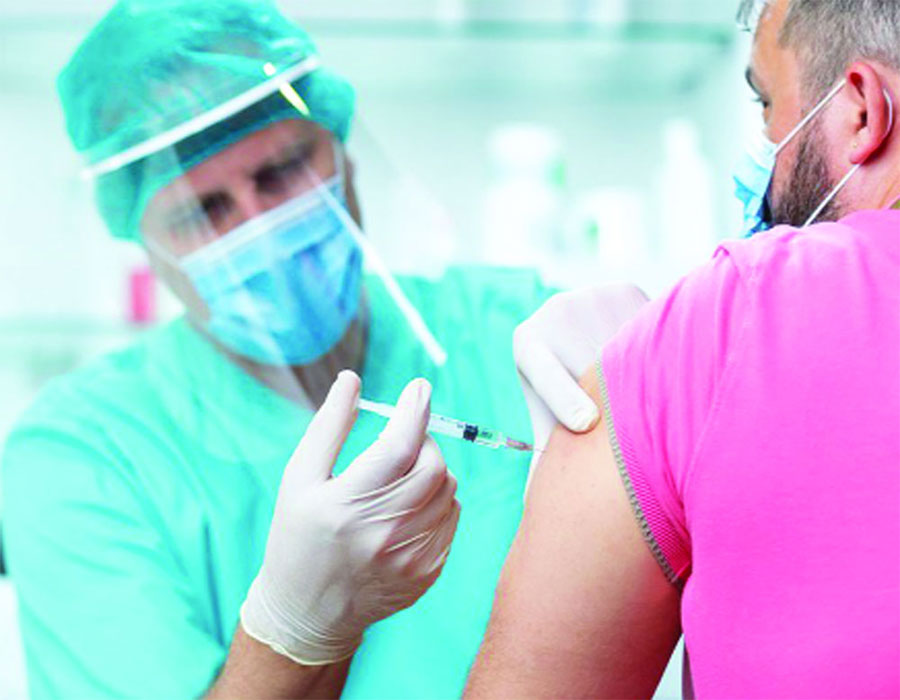
 OpinionExpress.In
OpinionExpress.In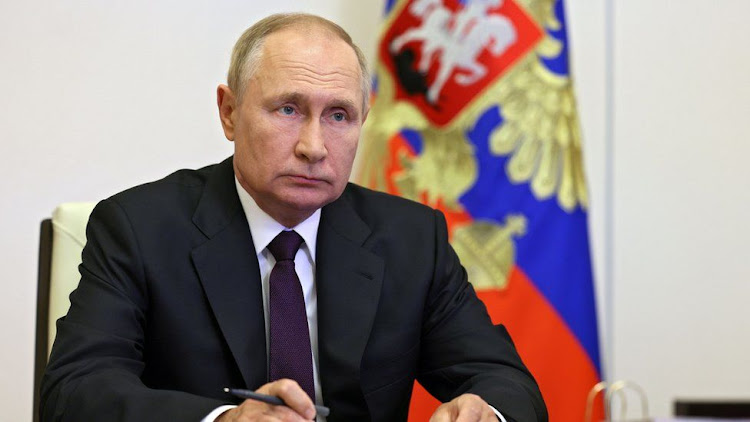

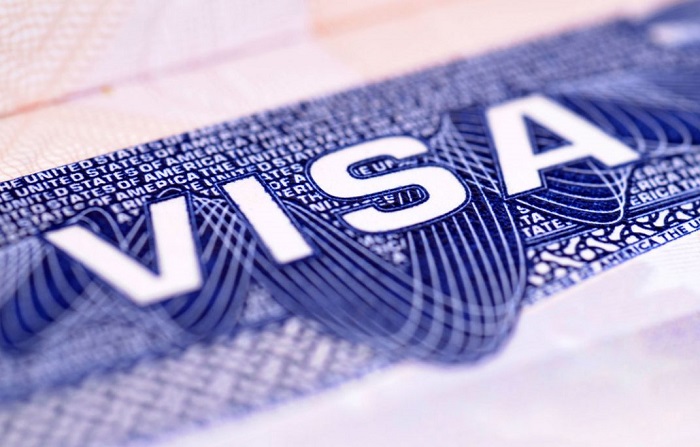
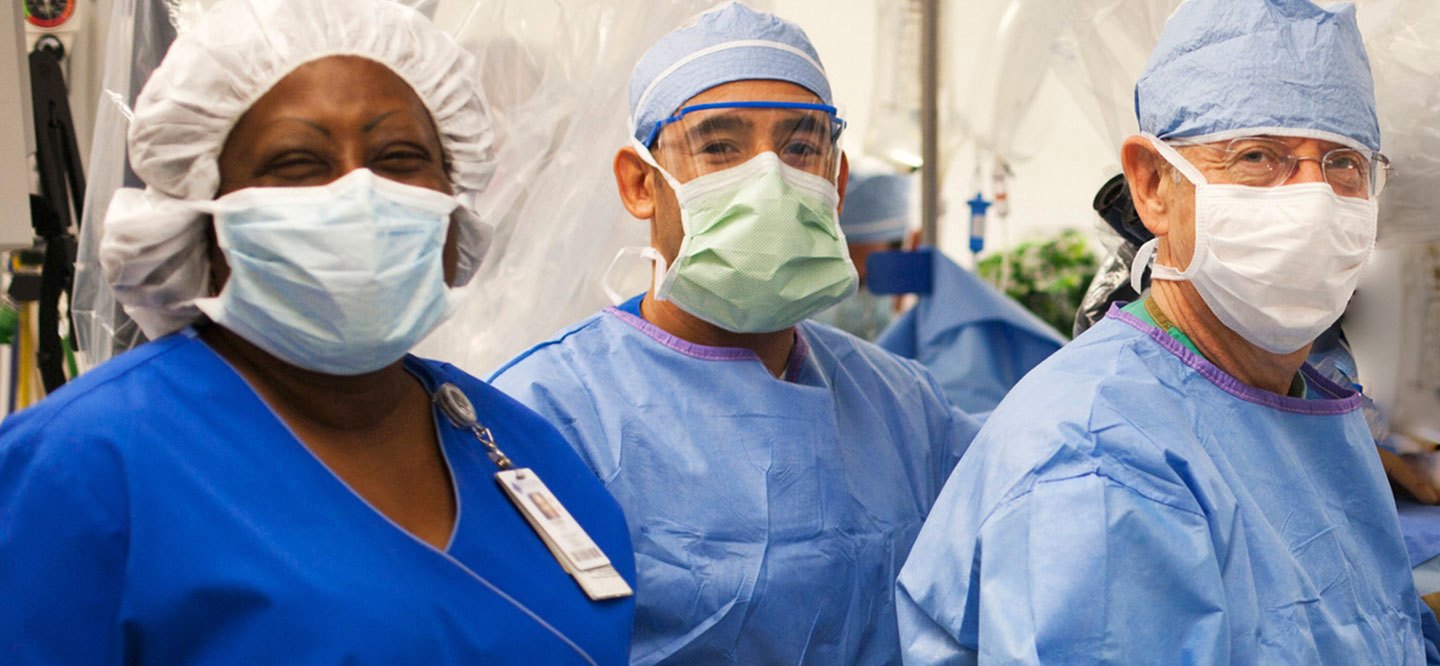
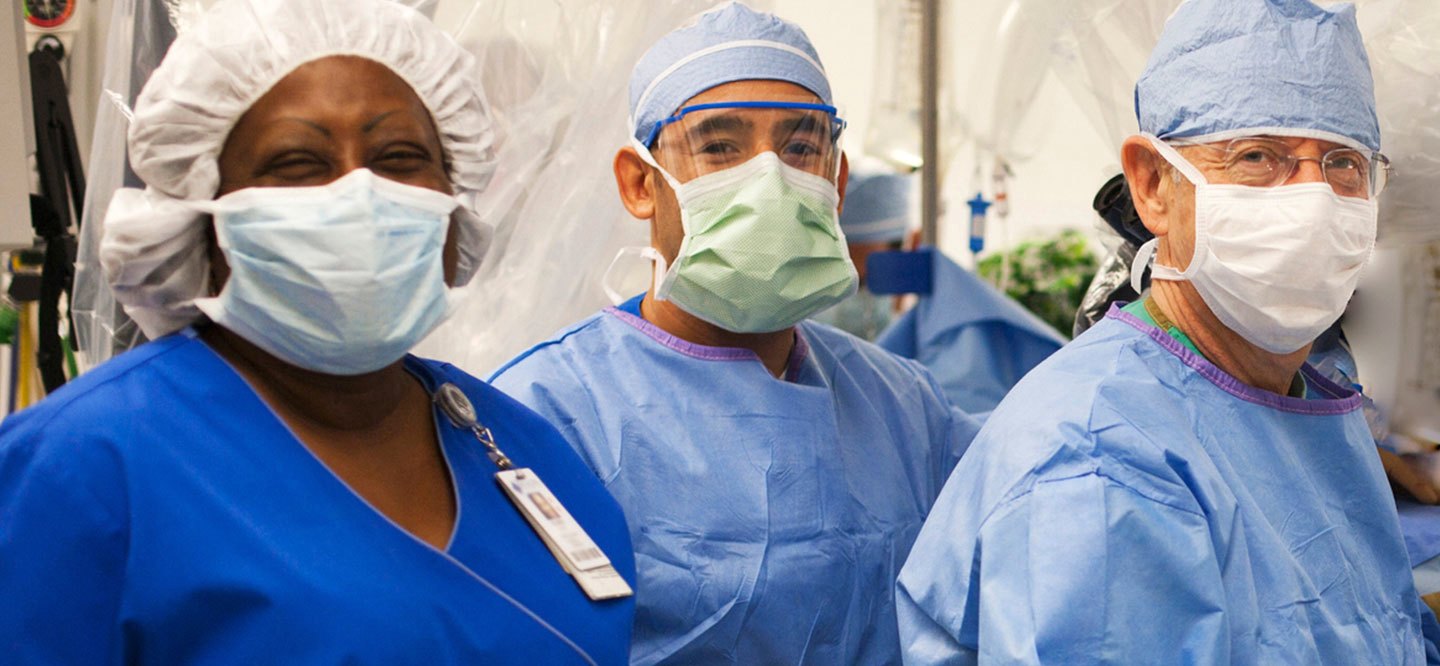

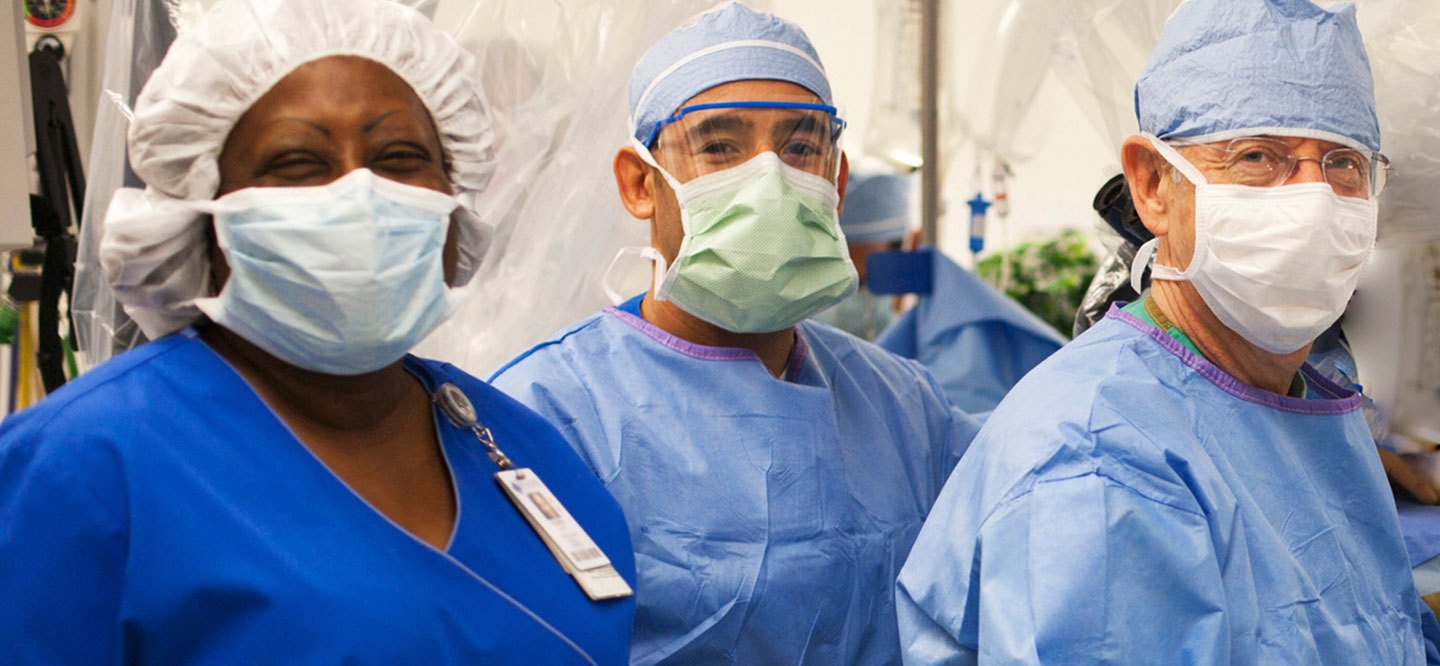









Comments (0)